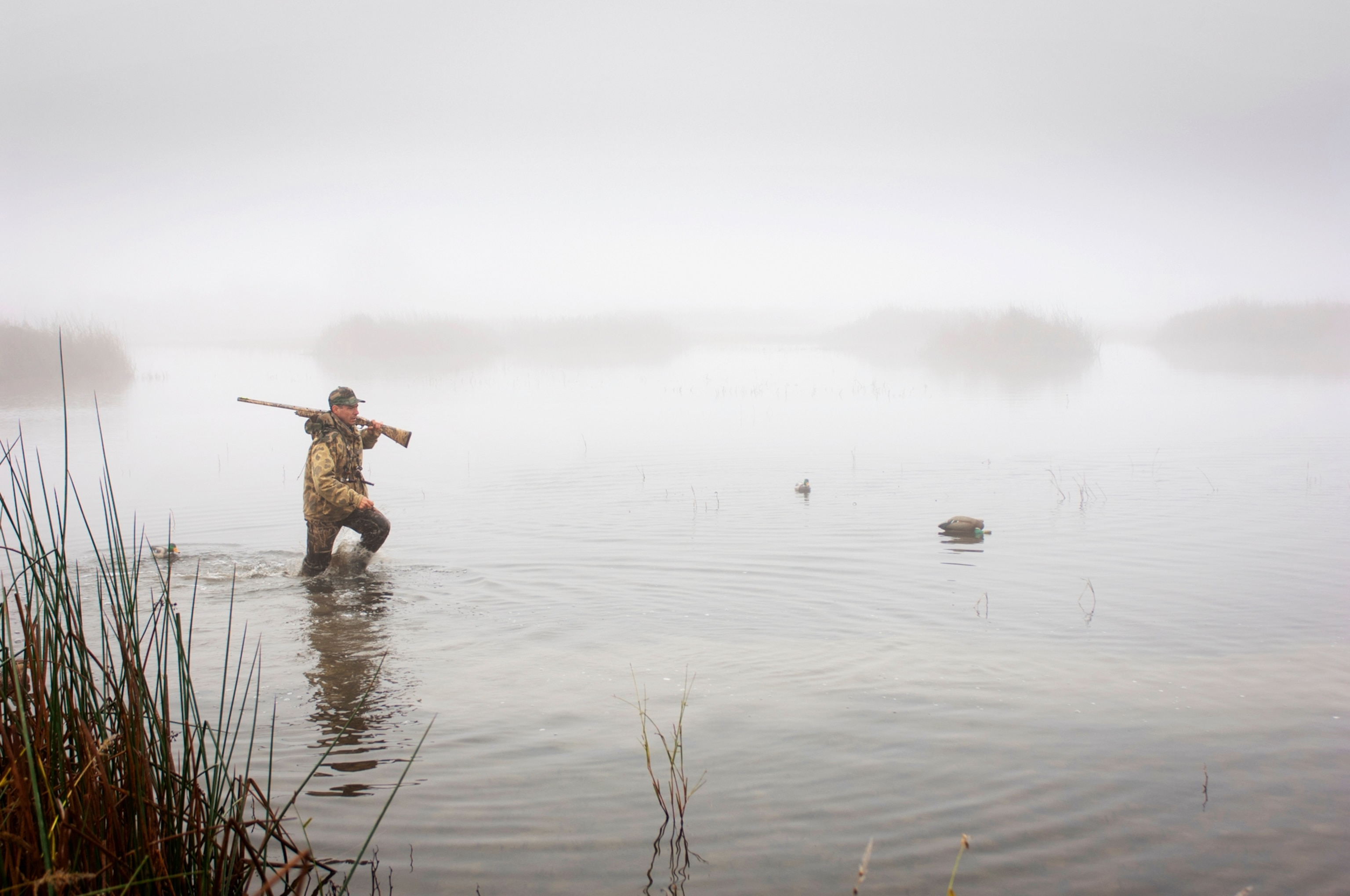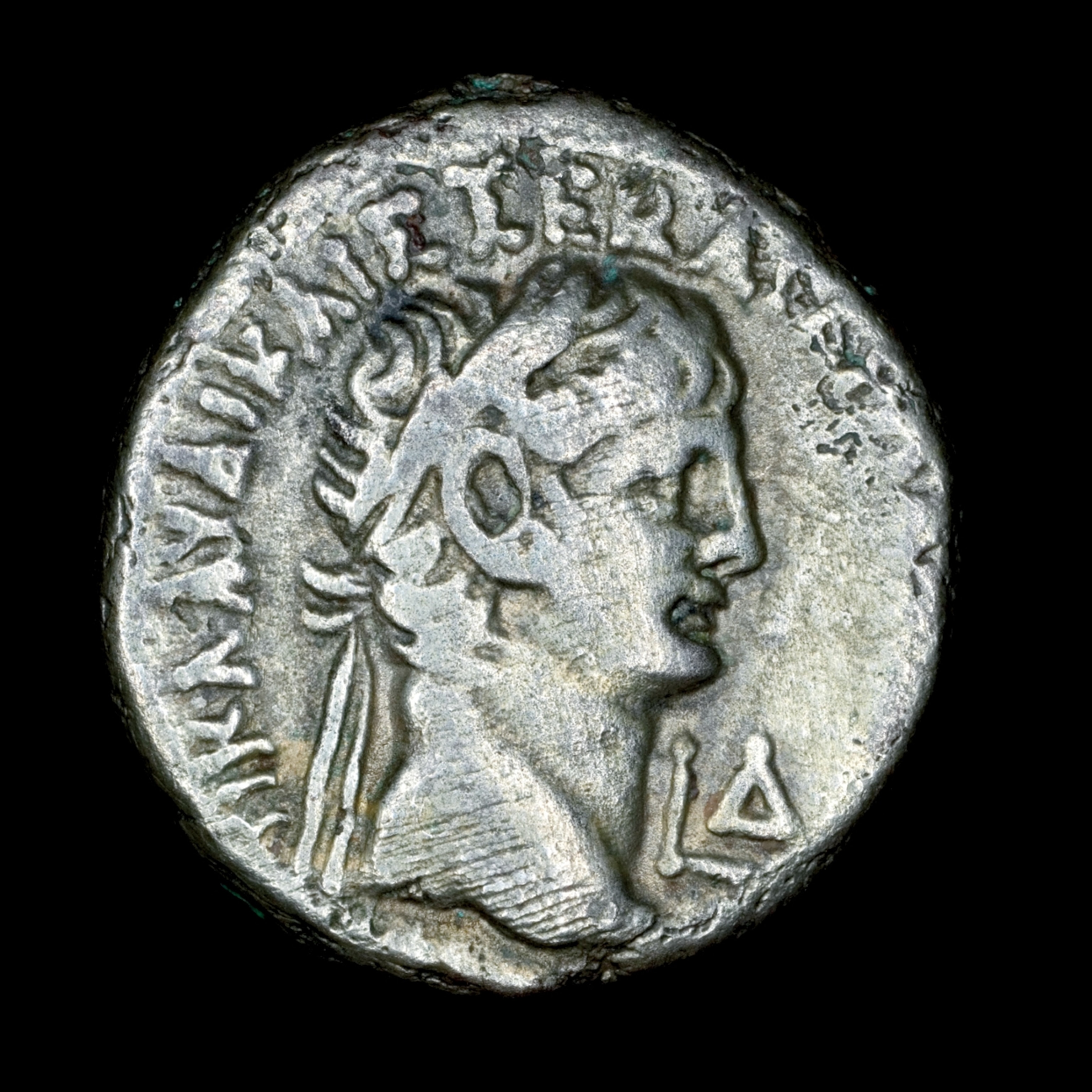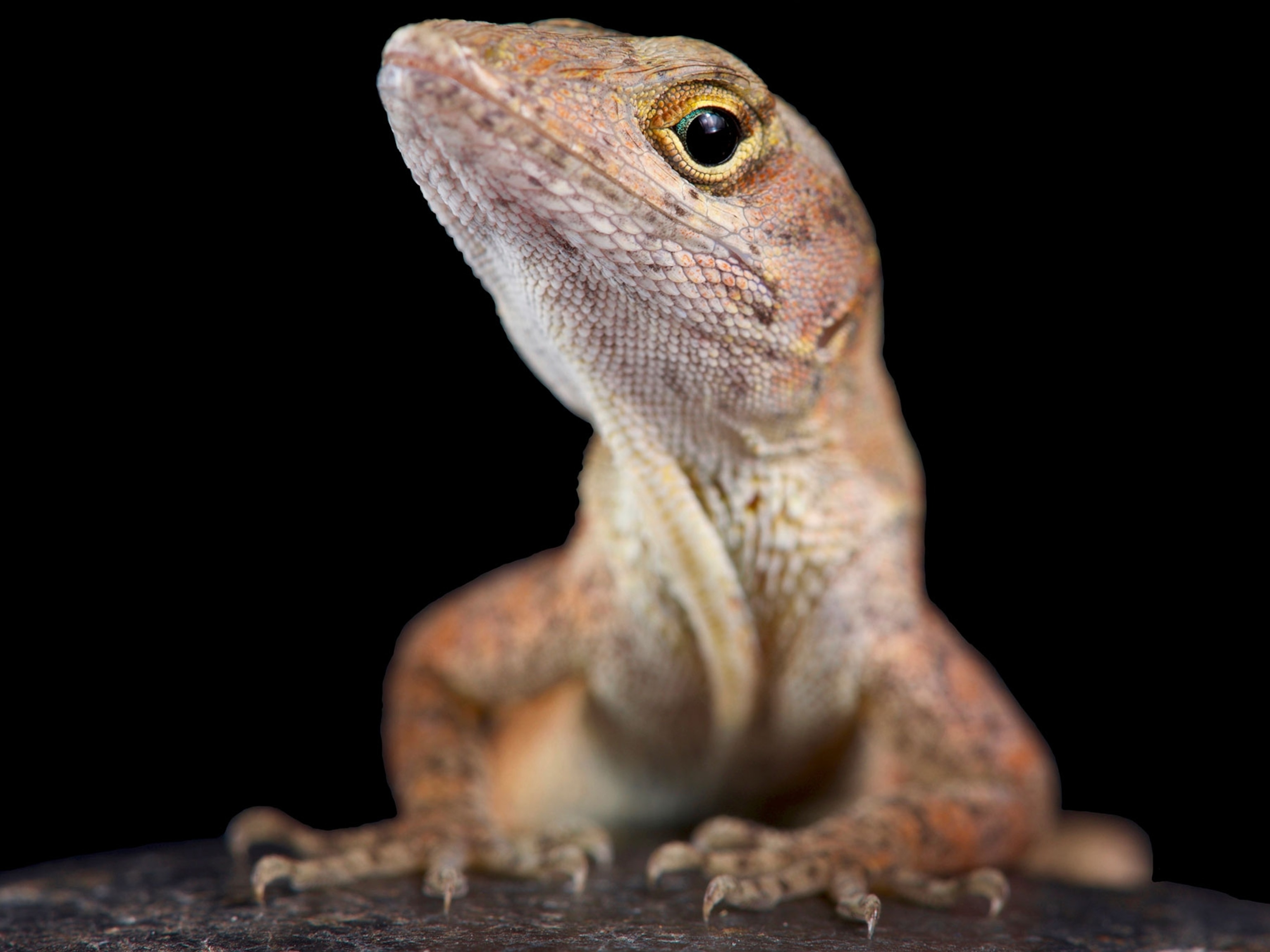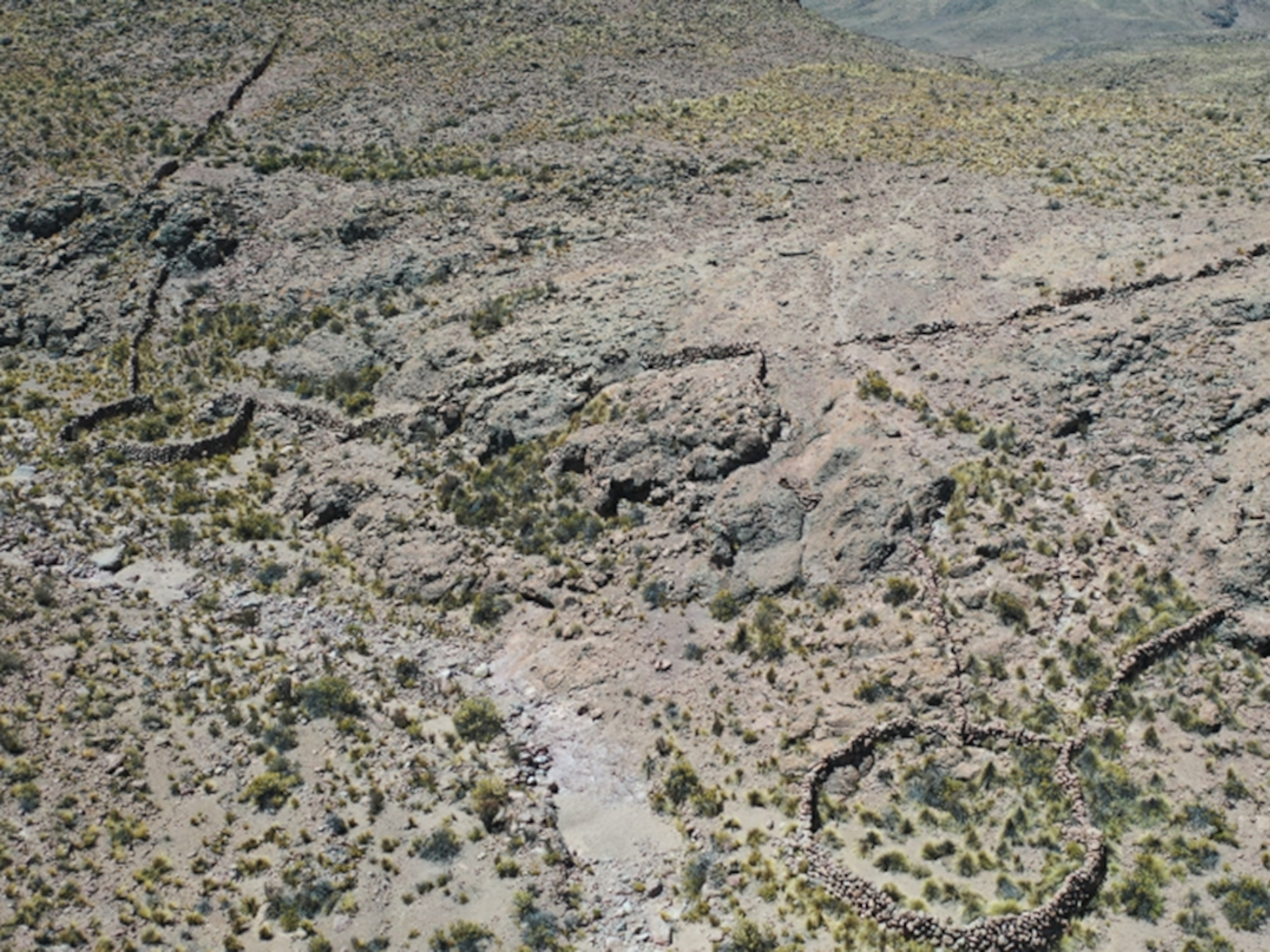
Banning Lead Ammunition Could Give Condors a Chance
California becomes the first state to require that all hunting ammunition be lead-free.
California's namesake condors nearly went extinct in the 1980s, and only intensive management and captive breeding efforts brought the birds back from the brink.
Lead from ammunition remains a major threat to condor recovery, and a new California ban on the toxic ammunition for hunting could help protect the iconic birds, as well as other bird and mammal species.
Governor Jerry Brown signed Assembly Bill 711 into law on October 11, making California the first U.S. state to ban the use of lead ammunition for all hunting purposes.
"Lead poses a danger to wildlife. This danger has been known for a long time," the governor said in a signing statement. "Since 2007, California has prohibited it in the eight counties within the condor range. In fact, at least thirty other states regulate lead ammunition in some manner."
The California Fish and Game Commission will have until July 1, 2019, to fully implement the new law.
"The regulation is smart, it's a move in the right direction," said Vernon Thomas, a researcher at the University of Guelph in Ontario, Canada, who has worked on the effects of lead toxicity on wildlife for more than 20 years.
Studies have shown that lead is extremely toxic to birds and mammals, including humans. It's harmful to almost every organ in the human body and is particularly toxic to the nervous system and the brain. (Read about some of lead's toxic effects.)
"Lead's a really bad actor, and we keep finding out that it's worse than we thought," said David Bellinger, an environmental health researcher at the Harvard School of Public Health in Massachusetts. "There's no safe level."
The heavy metal's many harmful effects have led to its ban from sources such as paint and gasoline. But lead ammunition remains one of the largest unregulated sources of lead in the environment, said Bellinger. "Why not remove another source of lead exposure if we can?"
"Lead is so soft, it fractures and fragments into tiny pieces when it impacts muscle," Bellinger said. As a result, animals and birds that eat carcasses shot with lead bullets risk being exposed to the toxic metal, he said. The risk extends to hunters who eat a lot of meat shot with lead ammunition. (Related: "Rare Condors Being Poisoned by Bullets in Their Food, Study Confirms.")
Based on its toxic effects and the significant risks of lead exposure to humans and wildlife from lead-based ammunition, Bellinger was one of 30 scientists and public health experts who released a consensus statement in March 2013 in support of "reducing and eventually eliminating the introduction of lead into the environment from lead-based ammunition."
The ban in California could encourage other states to pass similar laws, Bellinger said. "If history is a reliable judge, we expect to see a domino effect," he said. (Related: "Zeroing In on Lead in Hunters' Bullets.")
Toxic to Wildlife
Reports of lead poisoning in waterfowl date back to the late 1800s. In 1991, the U.S. Fish and Wildlife Service issued a nationwide ban on lead shot for hunting waterfowl. And since then, evidence has mounted that lead ammunition has been poisoning several land-based bird and animal species.
According to the scientists' consensus statement, several studies have found that scavenging species such as golden eagles, bald eagles, ravens, turkey vultures, and pumas have been exposed to and affected by lead. Lead-based ammunition is also the main source of exposure for California condors.
"Their principle source of exposure is from ingesting lead-based ammunition fragments, or in some cases pellets or shot, from carcasses that have been shot with lead-based ammunition," said Myra Finkelstein, a wildlife toxicologist at the University of Santa Cruz. (Related: "Californian condor not extinct yet, but still regularly poisoned by lead.").
Lead poisoning is the leading cause of death in juvenile and free-flying California condors, she added.
That's bad news for a species that almost went extinct. By 1982, only 22 condors remained in the world. Conservation efforts brought their population back to nearly 400 by 2010, with about half of those in the wild.
But Finkelstein's research found that without greatly reducing or eliminating the risk of lead poisoning, condors were unlikely to ever be able to establish a self-sustaining population.
Previous Ban Not Enough
To protect the condor population, California banned the use of lead ammunition in the state's condor range in 2007.
Although condors aren't the only species exposed to lead—lead poisoning also occurs in bald eagles, golden eagles, mountain lions, and bears—condors give researchers a good indication of what is going on.
"It's a very small population, and every single individual is tracked. They're also top-level scavengers and pretty much all of the food they're eating is from carcasses, so they're particularly susceptible," Finkelstein said.
"Any animal that scavenges a carcass with lead fragments will be exposed to lead and potentially lead poisoning," said Christine Johnson, a wildlife health and epidemiology researcher from the University of California, Davis.
Johnson's research found that lead exposure in golden eagles and turkey vultures declined significantly after the 2007 ban.
But while lead levels in condors also seemed to decline immediately after the 2007 ban, more recent monitoring has found that they are still being exposed, Johnson said. "The data is overwhelming that lead is an important cause of mortality in condors, and as long as there's lead in the landscape, condors are going to be exposed to it," she said.
History Repeated
The current bill—Assembly Bill 711—has its opponents. And they used many of the arguments brought forth for the U.S. Fish and Wildlife Service's lead ammunition ban in 1991, said the University of Guelph's Thomas.
"This is history repeated. The same arguments are brought out: 'the science is lousy, it's going to destroy our guns,'" he said. "[But] all of these fears have yet to be realized."
Non-lead ammunition is just as effective, if not better, than lead ammunition, Thomas said. "If a gun can handle a lead cartridge safely, it can also safely handle the equivalent non-toxic shot, and if a hunter knows how to place a shot cleanly, these bullets can do the rest."
"But slogans such as 'better dead, than a life without lead' continue to have a sentimental appeal to certain groups of hunters," Thomas said.
Some of this appeal may have to do with the long history of lead ammunition, which dates back to the 14th century. "Traditionally our ammunition has all been lead-based, and we are very, very, slow to change traditions and habits," said Christopher Parish, condor project director for the Peregrine Fund, a non-profit dedicated to conserving birds of prey.
Hunters tend to rely on the traditions that brought them success in previous hunts, Parish said. "You don't change the way you practice for Saturday's football game on Wednesday. You can try, but usually you stick with tradition," he said.
Another common criticism has been that non-lead bullets are more expensive and harder to buy. But in a recent study, Thomas found that lead-free bullets were available at the same retail cost as leaded ammunition for most popular calibers.
In The Market
The ban would establish a guaranteed market for lead-free ammunition, which could encourage manufacturers to make more lead-free ammunition, said Thomas. "California's a large state, it's a large market."
The fact that the ban could create a market for non-lead ammunition is an advantage over some of the non-legislative approaches used in other states, such as Arizona's program to get hunters to voluntarily use non-lead ammunition, Thomas explained.
Since 2005, the Arizona Game and Fish department has provided free non-lead ammunition to big game hunters in certain regions, said Parish.
If hunters still prefer to use lead ammunition, they are offered incentives to haul shot animals and gut piles out of the field so as to remove the source of lead, he said.
"Rates of participation rose to above 80 percent and have been greater than 80 percent for the past six years," Parish said. "We've had tremendous success locally, and we've built a model that I believe can be applied to other areas."
Regulations banning lead ammunition could make it harder to garner the support of hunters and shooters for such voluntary programs, Parish said. In the long run, a voluntary approach that appeals to a hunter's conservation ethic may be more effective than legislation, he said.
Leading The Way
Since California's ban wouldn't be implemented fully until 2019, experts stress the importance of monitoring condor and other wildlife populations until it takes effect.
"There needs to be a dedicated long-term effort," said UC Davis' Johnson. "Ideally, we would start examining the birds before the law goes into effect, and follow them for many years. For condors, we're already doing that."
Finkelstein of UC Santa Cruz said the statewide ban was another important step in reducing the amount of lead in the environment. "The thing about lead is that there's an overwhelming amount of scientific evidence demonstrating its harmful effects to humans and wildlife," she said.
"Moving forward and reducing lead exposure is only going to benefit human and animal health, and hopefully, California can lead the way," Finkelstein said.








